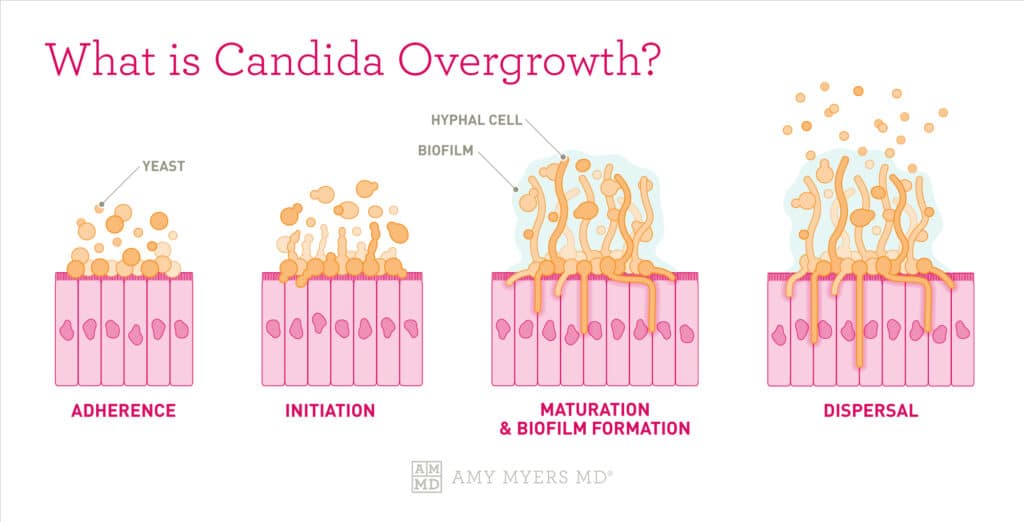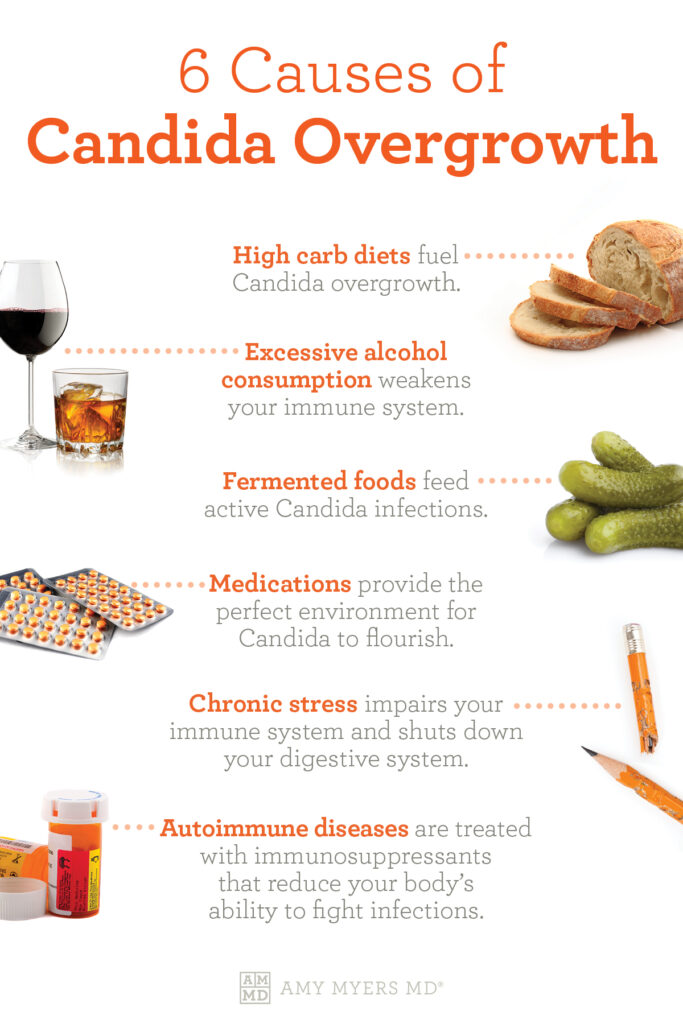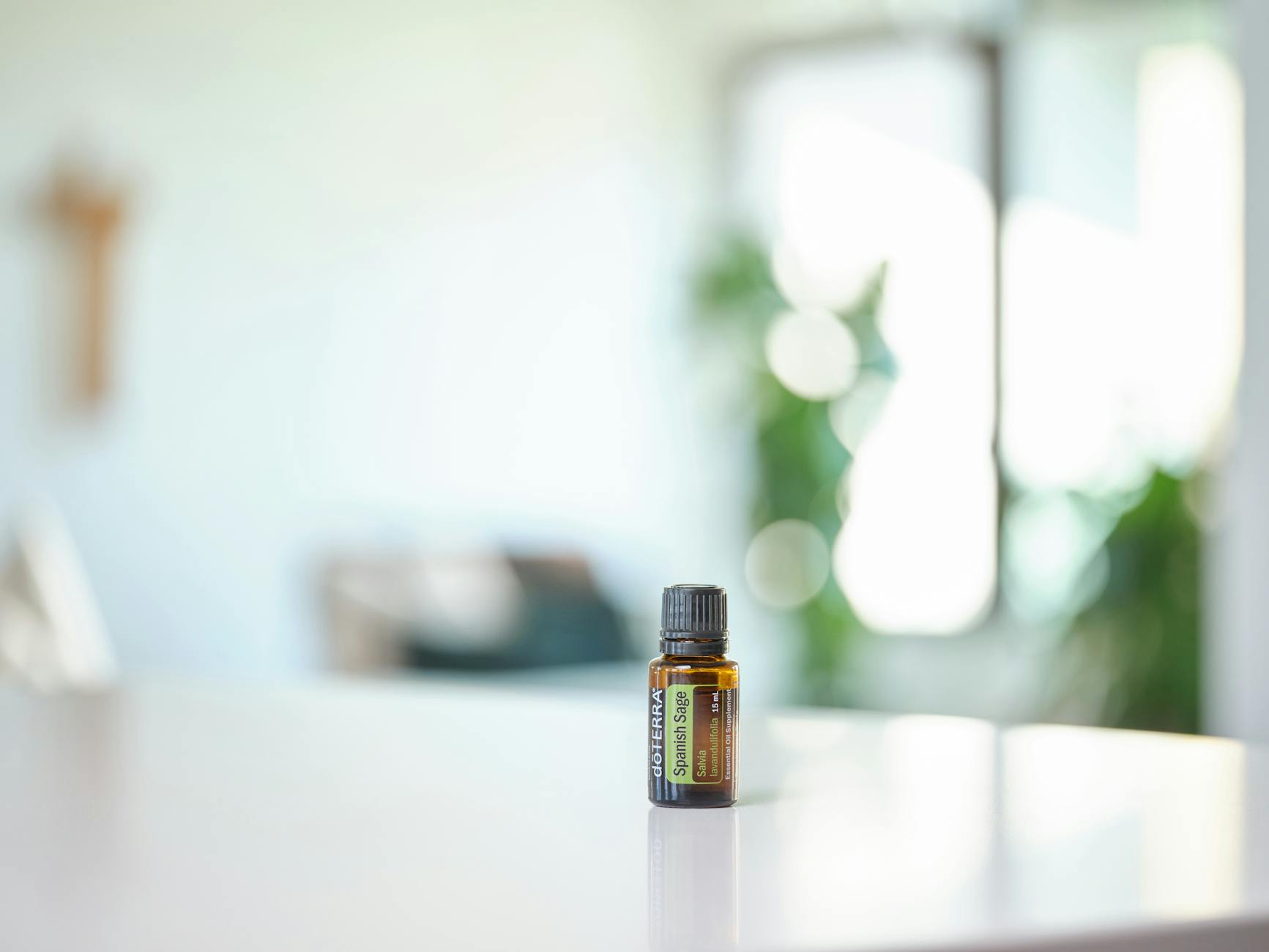Uncover the secrets to banishing yeast infections for good with these 5 essential remedies. Say goodbye to itching and burning!
Table of Contents
- Introduction to Yeast Infections
- Starting Yeast Infection Treatment
- Understanding Antifungal Medications
- The Power of Probiotics
- Candida Treatment Options
- Keeping Good Vaginal Health
- When to See a Doctor
- Preventing Future Yeast Infections
- The Role of Diet in Yeast Infections
- Recapping the Yeast Infection Fixes
- FAQs about Yeast Infections
Introduction to Yeast Infections
We’re going to talk about what yeast infections are, why some people get them, and how they can make you feel.
What is a Yeast Infection?
Yeast infections are very common and happen when a type of fungus called yeast grows too much in certain parts of our bodies, like the mouth, skin, and the vagina. This can make you feel itchy, uncomfortable, and sometimes even a little bit sick.
Symptoms to Watch For
When you have a yeast infection in the vaginal area, you might notice things like itching, redness, and a white, curd-like discharge. It can also make going to the bathroom feel a little weird. These are signs that you might have a yeast infection that needs to be taken care of.
Starting Yeast Infection Treatment
When you start feeling uncomfortable down there, you might have a yeast infection. But don’t worry, there are ways to make it all better! One of the ways to start feeling better is by using antifungal remedies.
Antifungal remedies are creams or medications that help get rid of the icky yeast that’s causing all the trouble. They work by targeting the yeast cells and stopping them from growing. You can find these remedies at the pharmacy, and they are pretty easy to use.
Understanding Antifungal Medications
Antifungal medications are like superheroes that fight off the bad guys causing yeast infections. So, how do these wonder medicines work their magic? Well, let’s find out!

Image courtesy of www.motherhoodunstressed.com via Google Images
How Do Antifungals Work?
Imagine your body is a castle, and yeast is the sneaky intruder trying to take over. Antifungal medicines swoop in like knights in shining armor, attacking and defeating the yeast invaders. They stop the yeast from multiplying and help your body get rid of them.
These antifungals come in different forms, like creams and pills, and they work by targeting the yeast cells specifically, leaving the good cells unharmed. It’s essential to follow the instructions carefully and finish the full course of treatment to make sure all the yeast is banished from your castle – I mean, body!
By using antifungal medications the right way, you can get rid of the pesky yeast infection and start feeling better in no time. Just remember, these superhero medicines have your back when those unwanted yeast troublemakers try to invade! So, trust them, follow the plan, and say goodbye to that uncomfortable yeast infection!
The Power of Probiotics
Probiotics are like tiny helpers that work inside your body to keep things running smoothly. These helpful bugs are like the good guys in a movie, fighting off the bad guys to keep you healthy. But what exactly are probiotics and how do they help with yeast infections?
What Are Probiotics?
Probiotics are good bacteria that live in your gut and help with digestion. They can also be found in foods like yogurt and some supplements. These good bugs are essential for keeping your tummy happy and your body in balance.
Probiotics and Yeast Infection
When it comes to yeast infections, probiotics play a crucial role in keeping the yeast under control. By promoting a healthy balance of bacteria in your body, probiotics can help prevent yeast from overgrowing and causing infections.
Candida Treatment Options
When it comes to treating yeast infections, it’s essential to understand that candida is one specific type of yeast that can cause these uncomfortable infections. Candida is a fungus that naturally lives on your skin and in your body, but when it starts to grow out of control, it can lead to problems like yeast infections.

Image courtesy of www.amymyersmd.com via Google Images
The good news is that there are several treatment options available to help get rid of candida and other types of yeast that may be causing your infection. These treatments are designed to target the overgrowth of yeast and restore the balance of good bacteria in your body.
One common treatment option for candida and yeast infections is antifungal medications. These medications help to kill off the excess yeast and can be found in the form of creams or oral medications that are easy to use. By following the instructions provided with these antifungal remedies, you can work towards eliminating the pesky yeast and alleviating your symptoms.
Keeping Good Vaginal Health
When it comes to maintaining good vaginal health, there are some simple habits you can incorporate into your daily routine to help prevent yeast infections and other issues. Here are a few tips to keep your vaginal health in top shape:
Daily Habits
One of the most important things you can do to keep your vaginal health in check is to wear cotton underwear. Cotton allows your skin to breathe and helps prevent moisture buildup, which can contribute to yeast infections. Remember to change out of wet swimsuits promptly and opt for loose-fitting clothing to promote airflow.
It’s also crucial to practice good hygiene. Wash your vaginal area with mild soap and water daily, and make sure to avoid using scented products or harsh chemicals that can disrupt the delicate balance of bacteria in your vagina. After using the restroom, always wipe from front to back to prevent the spread of bacteria from your anus to your vagina.
Another essential habit for good vaginal health is staying well-hydrated. Drinking plenty of water helps flush out toxins and keeps your body functioning properly, including your vaginal health. Additionally, eating a balanced diet rich in fruits, vegetables, and whole grains can help support your overall well-being, which in turn contributes to a healthy vagina.
By incorporating these simple daily habits into your routine, you can help maintain good vaginal health and reduce your risk of developing yeast infections. Remember, taking care of your body is essential for overall wellness!
When to See a Doctor
Experiencing a yeast infection can be uncomfortable, but most of the time, it can be treated at home with over-the-counter antifungal remedies or probiotics. However, there are instances when it’s essential to seek medical assistance. Here are signs that indicate it’s time to ask for help from a doctor or a grown-up if the yeast infection isn’t getting better:

Image courtesy of www.findatopdoc.com via Google Images
Signs That It’s Time for a Doctor Visit
If you’ve been using antifungal treatments for a few days and there’s no improvement in your symptoms, it may be time to consult a healthcare provider. Persistent itching, burning, or unusual discharge that doesn’t go away could be a sign that the infection requires a prescription-strength medication to clear up completely.
Moreover, if you experience recurring yeast infections—more than four a year—it’s vital to see a doctor. They can help identify any underlying issues that may be contributing to the frequent infections and suggest a comprehensive treatment plan to prevent future occurrences.
If you’re pregnant and suspect you have a yeast infection, it’s crucial to consult your healthcare provider before using any over-the-counter treatments. Pregnant individuals may require specific medications or alternative approaches to manage yeast infections safely during pregnancy.
For individuals with weakened immune systems, such as those undergoing chemotherapy or living with conditions like HIV/AIDS, it’s crucial to seek medical advice when experiencing symptoms of a yeast infection. These populations are at higher risk for complications and may need a different treatment approach to effectively address the infection.
Remember that it’s always better to be safe and consult a healthcare provider if you’re unsure about your symptoms or if they persist despite at-home treatments. Healthcare professionals can provide personalized guidance and ensure that you receive the most appropriate care for your condition.
Preventing Future Yeast Infections
Yeast infections can be a real bother, but there are ways to prevent them from happening often. By making a few changes to your daily life, you can keep those pesky yeast infections at bay.
Lifestyle Tips
One key way to prevent future yeast infections is to maintain good vaginal health. This means wearing breathable cotton underwear that allows air to circulate, avoiding tight-fitting clothes that can trap moisture and create a breeding ground for yeast.
| Fix Number | Fix Description |
|---|---|
| 1 | Use over-the-counter antifungal treatments like Monistat or Canesten |
| 2 | Practice good hygiene, including wearing cotton underwear and avoiding douching |
| 3 | Eat probiotic-rich foods or take probiotic supplements to restore healthy bacteria levels |
| 4 | Avoid excessive sugar consumption and follow a low-sugar diet |
| 5 | Consult with a healthcare provider for prescription antifungal medications if over-the-counter treatments do not work |
It’s also important to practice good hygiene habits. Make sure to wash your vaginal area with mild, unscented soap and water regularly. Avoid using harsh soaps or douches, as they can disrupt the natural balance of bacteria in your vagina, potentially leading to a yeast infection.
Another lifestyle change that can help prevent yeast infections is to avoid unnecessary antibiotics. While antibiotics are helpful in treating bacterial infections, they can also kill off the good bacteria in your body that help keep yeast in check. Only take antibiotics when prescribed by a doctor and follow their instructions carefully.
The Role of Diet in Yeast Infections
When it comes to yeast infections, what you eat can play a significant role in either aggravating the condition or helping your body fight off the pesky yeast. Let’s explore how your diet can impact yeast infections and what foods you should consider incorporating or avoiding.

Image courtesy of www.amymyersmd.com via Google Images
Food Friends and Foes
First off, let’s talk about the foods that can be beneficial in combating yeast infections. Probiotic-rich foods such as yogurt, kefir, and kimchi contain good bacteria that can help restore the balance in your body and keep yeast in check. Including more of these items in your diet can potentially aid in preventing or treating yeast infections.
On the other hand, certain foods may promote the growth of yeast and exacerbate the infection. Sugary treats, refined carbohydrates, and foods high in added sugars can feed the yeast, leading to increased discomfort and prolonging the healing process. It’s essential to limit the consumption of these items when dealing with a yeast infection.
Recapping the Yeast Infection Fixes
Throughout this blog post, we’ve explored various ways to tackle yeast infections and keep your vaginal health in check. Let’s recap the key fixes that can help you feel better:
Starting Yeast Infection Treatment
When you notice symptoms of a yeast infection, it’s essential to start treatment right away. Antifungal remedies like creams or medications can help eliminate the yeast and bring relief.
Understanding Antifungal Medications
Antifungal medications work by combatting the yeast causing the infection. Using them correctly and following the prescribed dosage is crucial for a successful treatment.
The Power of Probiotics
Probiotics are beneficial bacteria that can assist in balancing the microorganisms in your body. They play a vital role in keeping yeast in check and promoting overall health.
Candida Treatment Options
Candida is a type of yeast that can lead to infections. Understanding how candida behaves and the specific treatments available for it is essential in addressing yeast infections effectively.
Keeping Good Vaginal Health
Maintaining good vaginal health through simple daily habits like wearing breathable underwear and practicing proper hygiene can help prevent future yeast infections.
When to See a Doctor
If the yeast infection persists despite home treatment, it’s crucial to seek medical advice. Certain signs indicate that it’s time to consult a doctor for further evaluation and treatment.
Preventing Future Yeast Infections
By making lifestyle changes and incorporating healthy habits into your routine, you can reduce the likelihood of experiencing recurrent yeast infections.
The Role of Diet in Yeast Infections
Eating a balanced diet rich in probiotic foods can support your body’s natural defenses against yeast infections. It’s important to be mindful of what you consume to promote overall well-being.
By following these yeast infection fixes and incorporating them into your daily life, you can effectively manage yeast infections and maintain optimal vaginal health. Remember, proactive care and timely treatment are key in combating yeast infections and promoting overall well-being.
FAQs about Yeast Infections
Can boys get yeast infections?
Yes, boys can also get yeast infections, although it’s more common in girls. If a boy thinks he has a yeast infection, he should tell a grown-up, who can help him get the right treatment to feel better.
How long do yeast infections last?
Yeast infections can last anywhere from a few days to a couple of weeks. If you’re using the right treatment, you should start to feel better within a few days. If it doesn’t get better or if it gets worse, it’s essential to talk to a doctor.
Can I go swimming if I have a yeast infection?
If you have a yeast infection, it’s best to avoid swimming until it’s cleared up. Chlorine in swimming pools can irritate the affected area and make the infection worse. It’s recommended to wait until the infection has healed before going for a swim.





